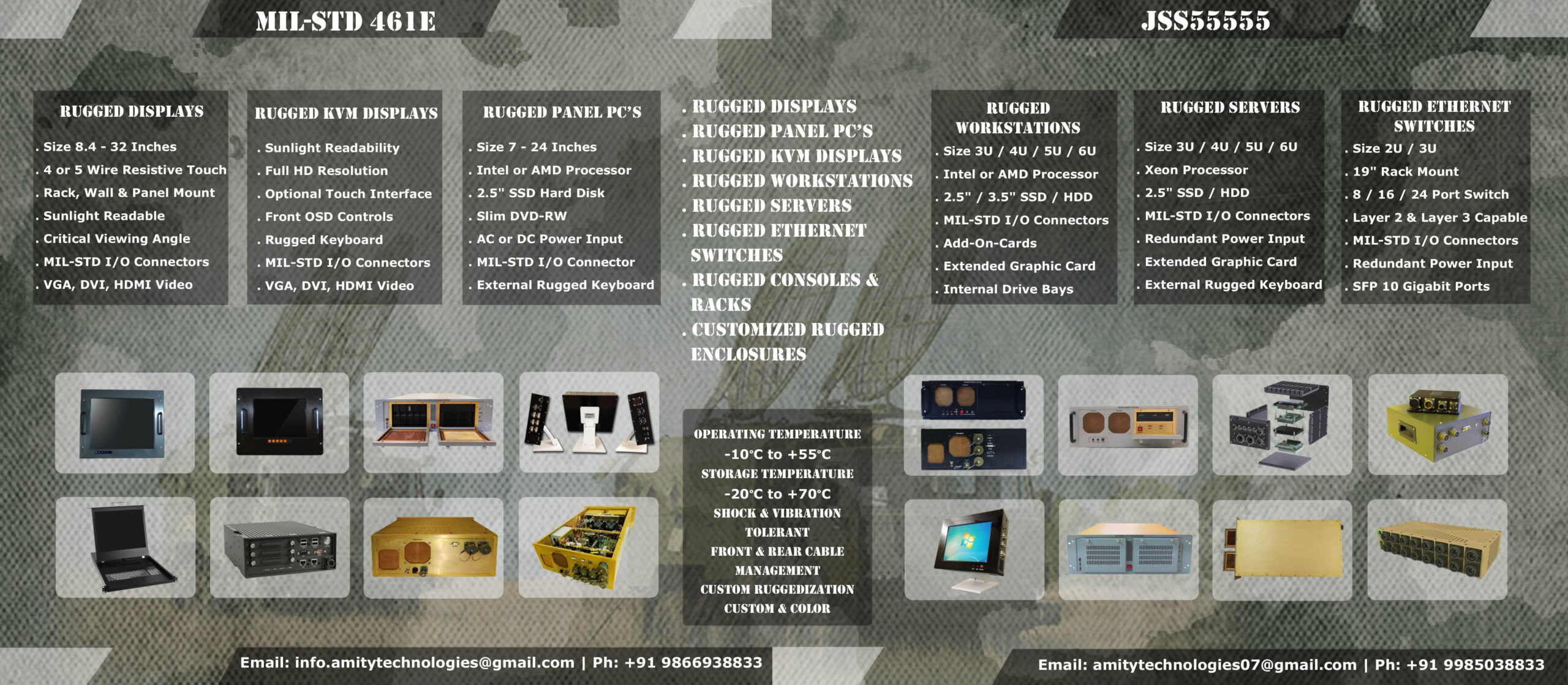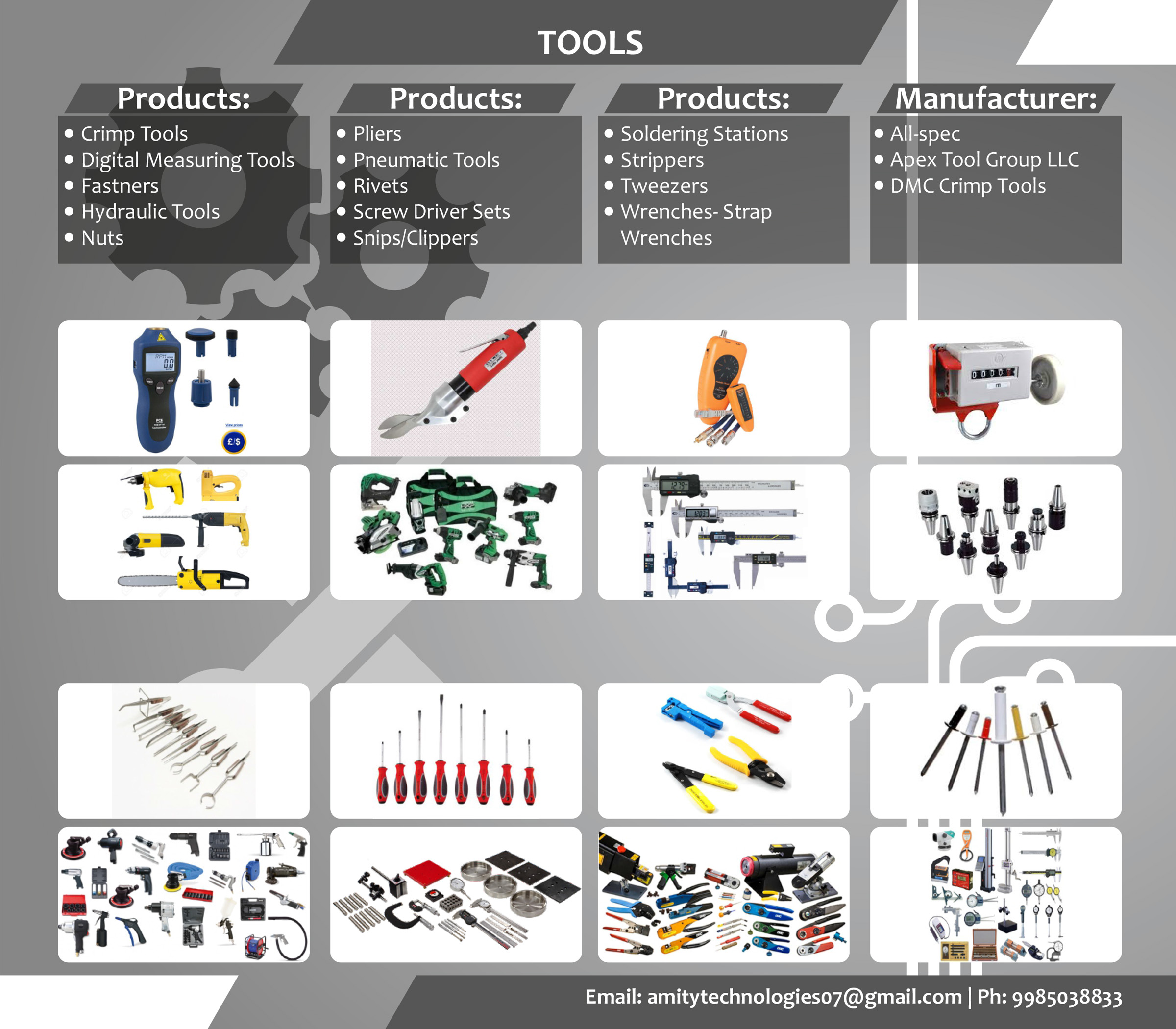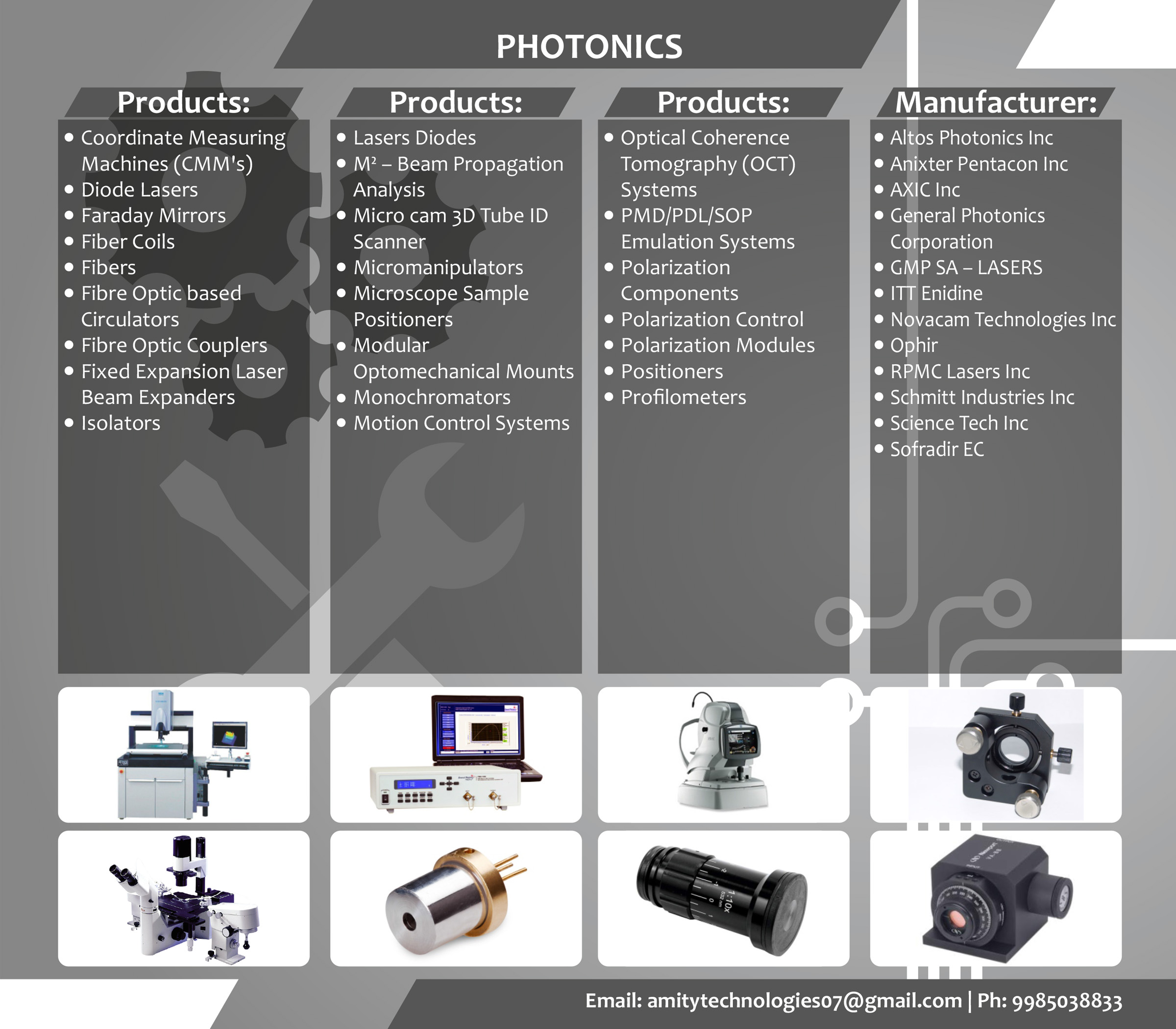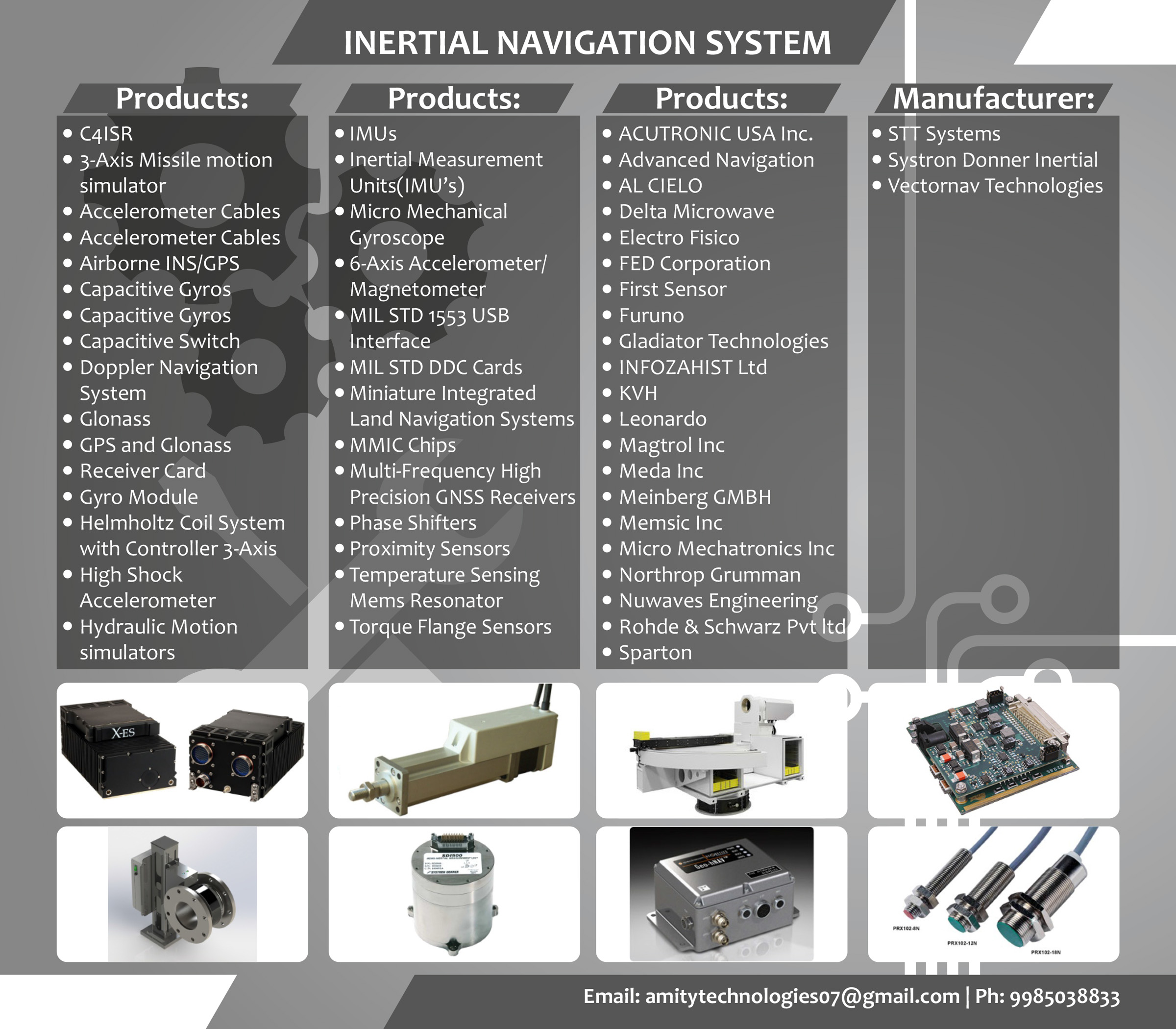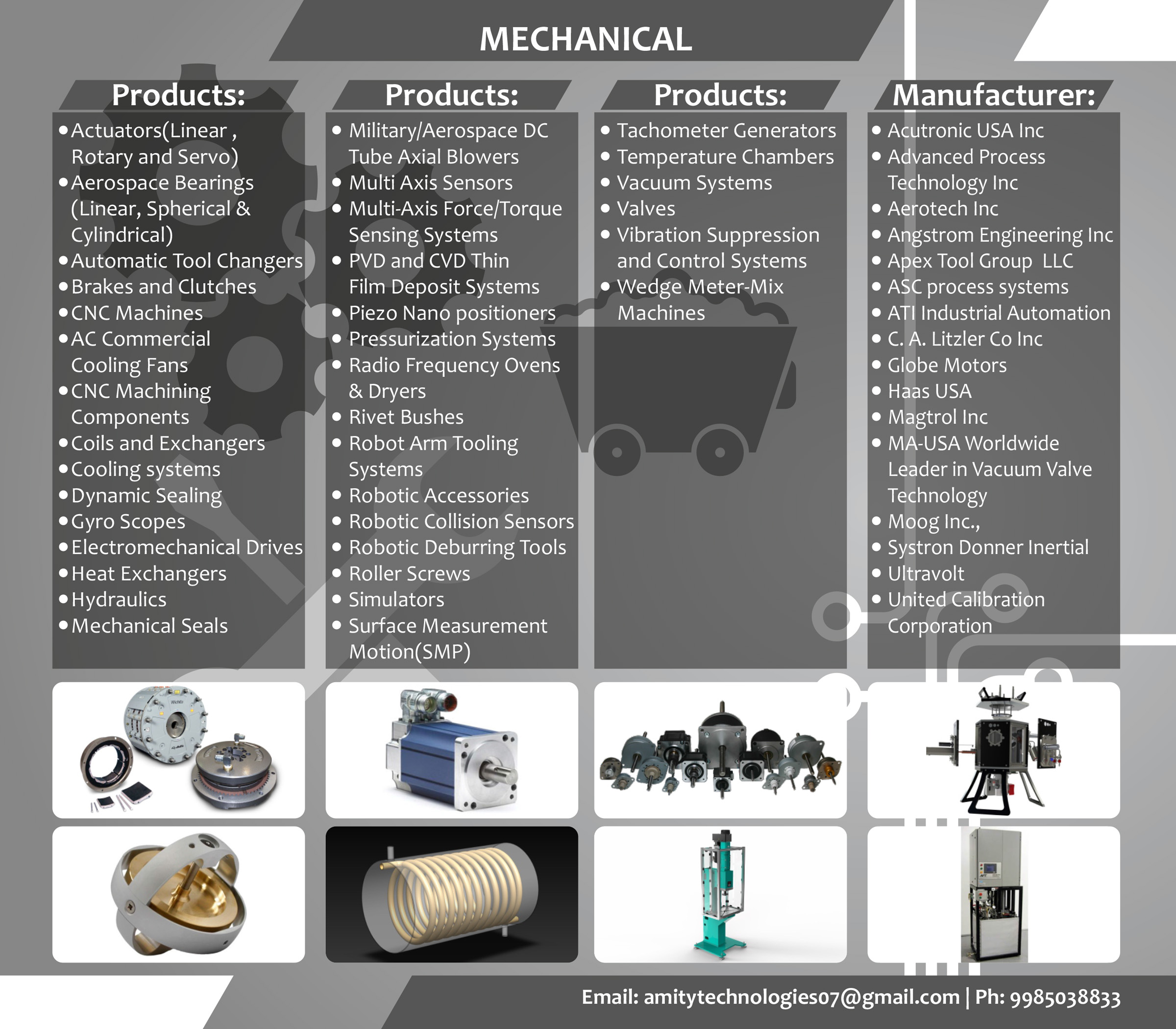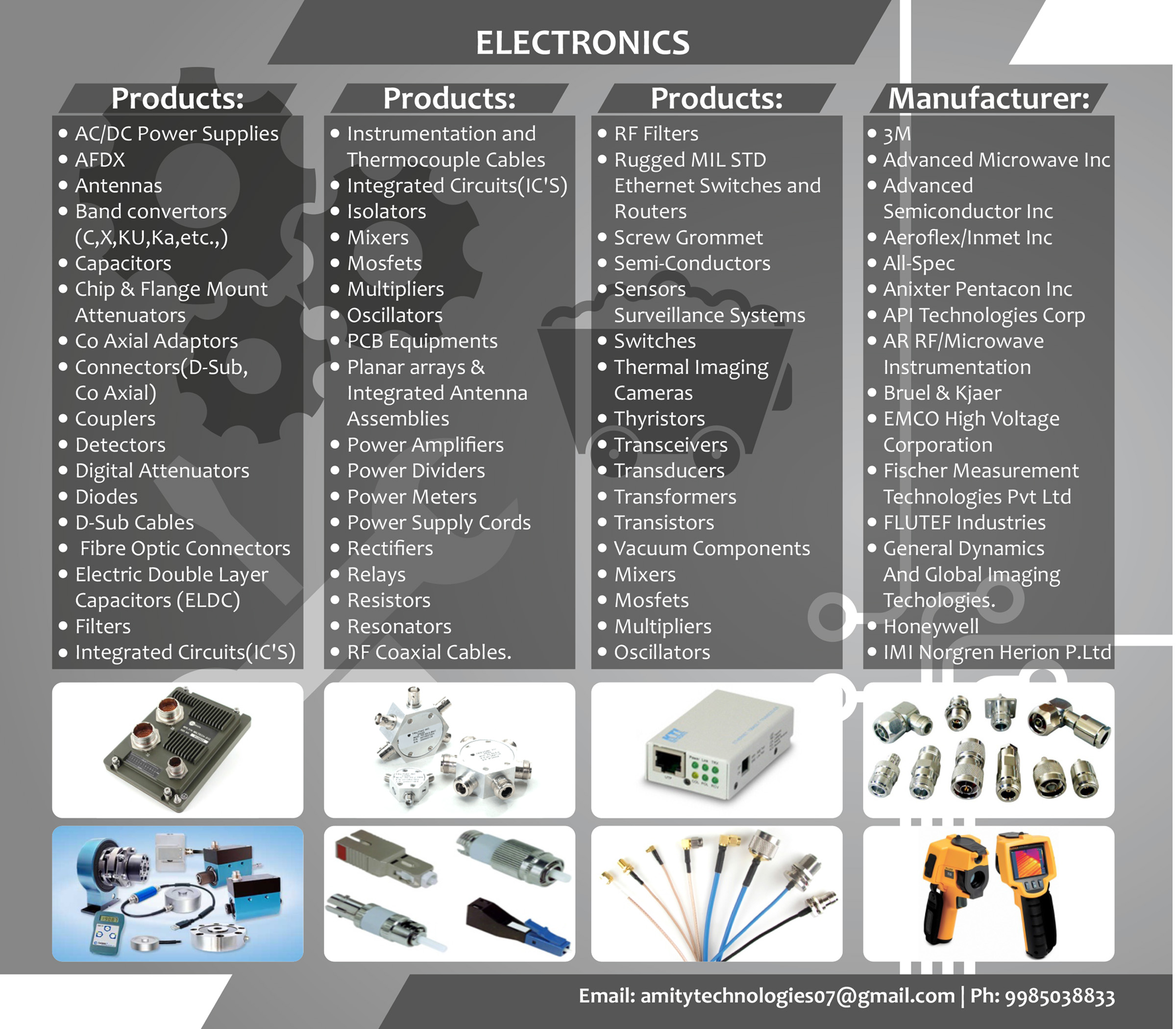In the high-stakes realm of military and defence, the difference between success and failure often lies in precision, speed, and intelligence. At the heart of this modern battlefield dominance is electronics — the silent force multiplier that shapes every aspect of strategic and tactical operations. From communication systems to smart weaponry, electronics drive the innovation powering today’s defence capabilities.
⚙️ Electronics: The Backbone of Modern Warfare
Electronics serve as the nervous system of defence operations. Whether it’s a ground-based radar scanning for aerial threats or an advanced missile seeking a high-value target, electronics enable systems to sense, process, and act with extraordinary accuracy.
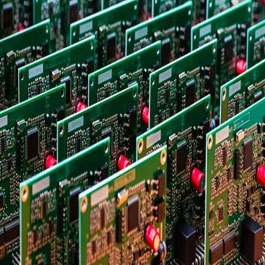
🛰️ Key Applications of Electronics in Defence
1. Communication & Networking Systems
Robust, encrypted, and real-time communication is essential for mission success. Electronics are central to:
- Secure radio systems for ground troops
- Satellite communication (SATCOM) for long-range coordination
- Data-link systems in aircraft and UAVs
2. Radar & Surveillance Systems
Electronic systems like Phased Array Radars, Infrared sensors, and LIDAR enable:
- Early warning of incoming threats
- Border surveillance and reconnaissance
- Night vision and motion detection systems
3. Electronic Warfare (EW)
Electronic countermeasures are critical in neutralizing threats. EW systems are used to:
- Jam enemy communication or radar
- Deceive incoming missiles
- Detect and prevent cyber-intrusions
4. Guided Weapon Systems
Precision-guided munitions use electronics for:
- GPS targeting
- Laser guidance
- Real-time data processing for mid-course correction
5. Unmanned Systems (Drones, UGVs, USVs)
Unmanned systems rely on a suite of electronics, including:
- Onboard AI for autonomous decision-making
- Sensor fusion for terrain mapping
- Remote control and telemetry modules
🔐 Cyber Defence & Intelligence
As warfare extends into the digital realm, cybersecurity electronics play a vital role in:
- Defending command systems from hacking
- Monitoring digital threats through signal intelligence (SIGINT)
- Securing confidential military data
⚡ Power Systems & Energy Electronics
The modern soldier is a mobile electronics platform, equipped with:
- Battery-powered communication and navigation tools
- Wearable electronics for health monitoring
- Portable energy sources for field use
🛠️ Challenges and Innovations Ahead
While electronics have revolutionized military capabilities, challenges remain:
- Ensuring resilience to electromagnetic pulses (EMP)
- Developing quantum communication and AI-enhanced electronics
- Reducing the SWaP (Size, Weight, and Power) of systems for better mobility
🇮🇳 The Indian Perspective
India is rapidly expanding its indigenous defence electronics ecosystem under initiatives like ‘Make in India’ and DRDO-led projects. From Rohini radar systems to Akash missile electronics, local development is key to strategic autonomy.
🧠 Conclusion
Electronics have transformed military strategy from brute force to smart warfare. As nations strive for superiority in an increasingly electronic battlefield, the integration of next-generation technologies will define the defence capabilities of tomorrow.

